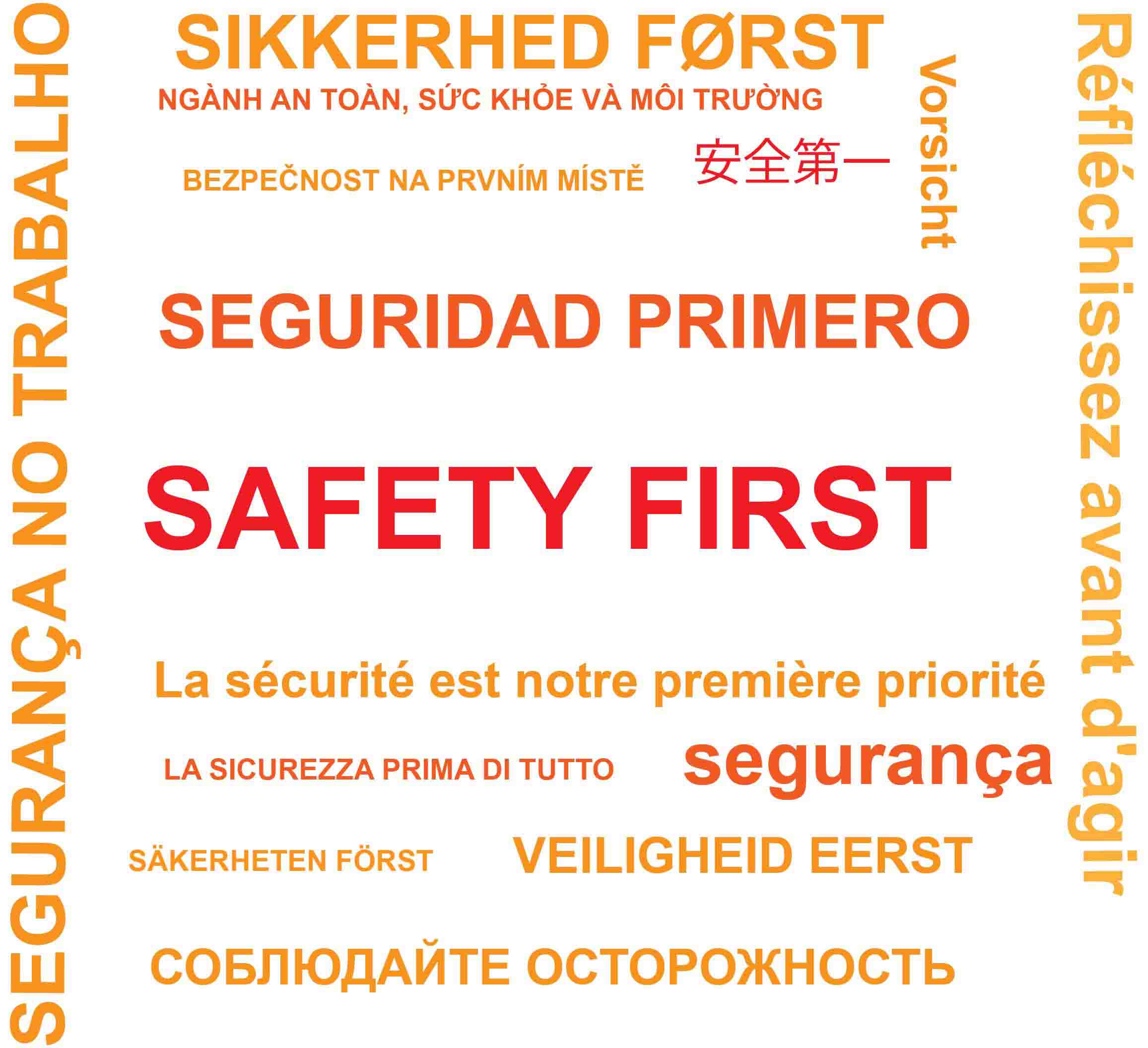What role does language play in workplace health, safety and environmental outcomes?
The landmark 1970 Occupational Safety and Health Act requires employers to communicate hazards to employees in both a language and a vocabulary they can understand. For example, if an employee does not speak or comprehend English, instruction must be provided in a language the employee can understand.
As well as observing the law, an effective health safety and environmental (HSE) communication strategy has a direct linkage to a company’s reputation and its financial bottom line. Workplace accidents reduce morale and damage a brand. Employers who overlook HSE also face higher insurance costs and disqualification from contracting opportunities. As immigrant and limited English proficiency (LEP) workers have become an increasingly vital element of the American economy, language remains a key component of hazard communication strategy.
According to the AFL-CIO, Latino workers continue to be at higher risk than other workers. There were 804 Latino workers killed on the job in 2014, 64% of whom were immigrant workers. Language barriers remain the most frequently cited challenge companies face in promoting safety among immigrant workers. This challenge isn’t exclusive to the Hispanic and Latino workers in America either. Language is a challenge faced by employers around the world.
Many employers simply aren’t aware of the many available resources that can safeguard their LEP personnel. Regions unaccustomed to an immigrant workforce are especially challenged. Other employers scoff that employees need to learn English. Leaders who undermine their business strategy with ideological abstraction do so at their peril. The fact is: language barriers are a real problem with real consequences for their business.
What language resources are readily available?
Federal, state and local government agencies, in concert with unions and trade organizations, recognized the need for language services, and responded with a variety of resources.
In the US, the Occupational Health and Safety Administration (OSHA) offers multilingual training resources available in Arabic, Simplified and Traditional Chinese, Haitian Creole, Korean, Nepali, Polish, Portuguese, Russian, Spanish, Tagalog, Thai and Vietnamese. You can view and download these resources online:
https://www.osha.gov/pls/publications/publication.athruz?pType=Types&pID=11
The National Fire Protection Association (NFPA) features easy to read fire prevention tip sheets available in Arabic, English, English African, English Asian, English Latino, Farsi, French American, Haitian Creole, Hmong, Indonesian, Korean, Portuguese, Simplified and Traditional Chinese, Somali, Spanish and Vietnamese. You can view and download these resources online by visiting:
Language in a multicultural HSE strategy
Many HSE professionals suggest translating employer-specific safety training resources into the native language of the workforce. This initiative can yield a number of benefits, but your language strategy should be prudently organized. Take note of specific dialects and take into account the degree of literacy among employees and contractors. Americans tend to take literacy for granted while education remains a luxury in much of the world. Employers can mitigate literacy challenges by augmenting written resources with clearly identifiable symbols.
In practice, many employers delegate the training of LEP personnel to their bilingual counterparts. While this arrangement can work sometimes, merely speaking a language doesn’t necessarily qualify someone to serve as an interpreter. Going as far as appointing bilingual employees to translate written instructions is especially problematic. In addition to irregular availability and writing proficiency of bilingual employees, businesses risk losing the quality control and consistency of their message. Translation is a complex activity that requires special skillsets. Working with a professional translator can ensure a unified message and achieve a better solution.
Workers feel more welcomed and respected when employers offer training resources in their native language. Strengthening morale and solidarity pays dividends beyond abstract sentiment. Effective hazard communication is a two-way conversation best facilitated when workers feel comfortable enough to ask questions and raise concerns. What’s more, at a time when employers struggle to attract and retain talent, a bilingual, inclusive environment can enhance recruitment and retention efforts.
A safer, healthier and more engaged workforce strengthens a company’s brand. Consumers increasingly hold businesses accountable for their track record of workplace safety and respect for the environment. Companies can protect their brand by proactively addressing language barriers and connecting with a diverse workforce. A multilingual safety policy underscores a commitment to safeguarding people and the environment. This commitment and effort can be integrated into the brand.
Lastly, language is critical but it needs to be discussed in addition to other cultural considerations. Skilled translators do more than merely translate text. Your translator should understand your overall goals and craft a solution that’s right for you and your reader. Specific terminology, dialect and culture should all be part of the conversation. Understanding and addressing these elements will deliver a better return on investment, and most importantly, safeguard your people, the environment and your business.
Contact us to learn more
Alphabet Linguistics can translate health, safety and environmental training resources into several languages. We invite you to contact us to share insights about language, culture and how to grow and protect your business.
Sources:
Michaels, David. “OSHA Training Standards Policy Statement.” Osha.gov. April 28, 2010. Accessed December 18, 2016. https://www.osha.gov/dep/OSHA-training-standards-policy-statement.pdf.
“A NATIONAL AND STATE-BY-STATE PROFILE OF WORKER SAFETY AND HEALTH IN THE UNITED STATES.” DEATH ON THE JOB: THE TOLL OF NEGLECT, no. 25 (April 2016): 1. April 2016. Accessed December 18, 2016. http://www.aflcio.org/content/download/174867/4158803/1647_DOTJ2016.pdf.
Author: Daniel Dugan
Daniel is the founder of Alphabet Linguistics, a Providence-based language translation agency. He writes about language and how people use it to live and work together. When he’s not working or reading, you can often spot him cruising around on his worn-out Peugeot.

